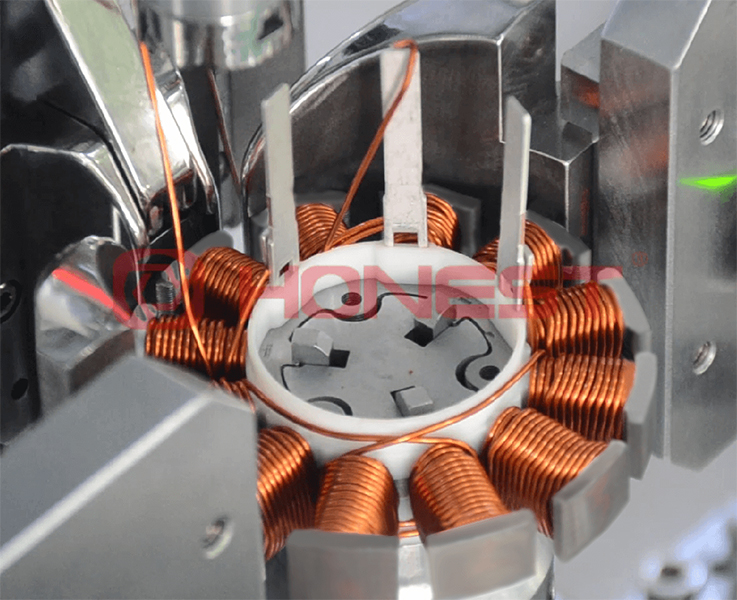Harnessing Technology for Rehabilitation: The Role of Digital and EMG Stimulators

In rehabilitation and physical therapy, advanced technology plays a pivotal role in enhancing patient outcomes. Among the most effective tools in this technological arsenal are the digital stimulator and the EMG (Electromyography) stimulator. These devices are at the forefront of modern therapeutic methods, offering solutions to accelerate recovery and improve muscular functionality. This article delves into the specifics of these innovative tools and their applications in rehabilitation.
Introduction to Digital and EMG Stimulators
Digital and EMG stimulators are designed to facilitate muscle recovery and pain management through controlled electrical impulses. These devices are integral in physical therapy, sports medicine, and neurological rehabilitation. Patients and practitioners can better harness their capabilities for optimal results by understanding how each device functions.
Digital Stimulator: Precision and Versatility
A digital stimulator is a device that delivers electrical signals to the body’s muscular system to provoke a contraction. This method is particularly beneficial for patients recovering from injury or surgery, as it helps maintain muscle tone and prevent atrophy when physical activity is limited.
Benefits of Digital Stimulators:
- Muscle Strengthening: Helps in strengthening weak muscles post-injury or surgery.
- Pain Relief: Effective in reducing pain by blocking pain signals before they reach the brain.
- Increased Blood Circulation: Stimulates blood flow, which is crucial for healing and recovery.
EMG Stimulator: Biofeedback and Beyond
An EMG stimulator, on the other hand, uses electromyography technology to measure the electrical activity produced by skeletal muscles. It is highly sophisticated, providing biofeedback that is invaluable for diagnosing muscular disorders and tailoring specific therapies to patient needs.
Key Advantages of EMG Stimulators:
- Diagnostic Tool: Assists in diagnosing neuromuscular diseases and conditions.
- Rehabilitation Aid: Helps in retraining muscles, especially after neurological damage.
- Feedback Mechanism: Offers real-time feedback to patients and therapists, allowing for real-time treatment adjustments.
Applications of Digital and EMG Stimulators in Therapy
The use of digital and EMG stimulators spans several aspects of medical and therapeutic care. They are commonly employed when muscle functionality has been compromised, or pain management is prioritized.
Enhancing Rehabilitation
Both types of stimulators play a crucial role in rehabilitation settings. Digital stimulators are often used post-surgery to help patients regain muscle control and strength without strenuous physical activity, which might be contraindicated. EMG stimulators, meanwhile, are invaluable in stroke rehabilitation, helping to identify viable muscles and retrain them effectively.
Sports Medicine and Athlete Recovery
In sports medicine, rapid recovery and effective pain management are critical. Athletes frequently use digital stimulators to recover from muscle injuries or enhance muscle performance as part of their training regimes. EMG stimulators monitor muscle activity in real-time, preventing overexertion and facilitating optimal muscle engagement.
Chronic Pain Management
For chronic pain sufferers, digital stimulators offer a non-invasive pain relief option that can be used in conjunction with other therapies. This approach helps to manage pain effectively and can significantly improve the quality of life for those with chronic conditions.
Choosing the Right Stimulator
Selecting the right stimulator is crucial and depends on the patient’s specific needs or the particular medical condition being treated. Factors to consider include the type of injury, the area of the body affected, and the patient’s overall health. Consulting with a healthcare professional is essential to making an informed decision.
Considerations:
- Type of Stimulator: Choose between digital and EMG based on the therapeutic need.
- Features: Look for devices with customizable settings to accommodate various treatment plans.
- Manufacturer: Opt for reputable brands known for quality and reliability, such as BioMedical Life Systems, renowned for its high-standard medical devices.
Conclusion
Integrating digital and EMG stimulators into medical and therapeutic practices represents a significant advancement in the management of pain and muscle rehabilitation. These devices offer an enhanced quality of care and empower patients to achieve better health outcomes. With the continuous evolution of medical technology, the potential for these stimulators to improve patient care is immense, making them a staple in modern therapy and rehabilitation.


